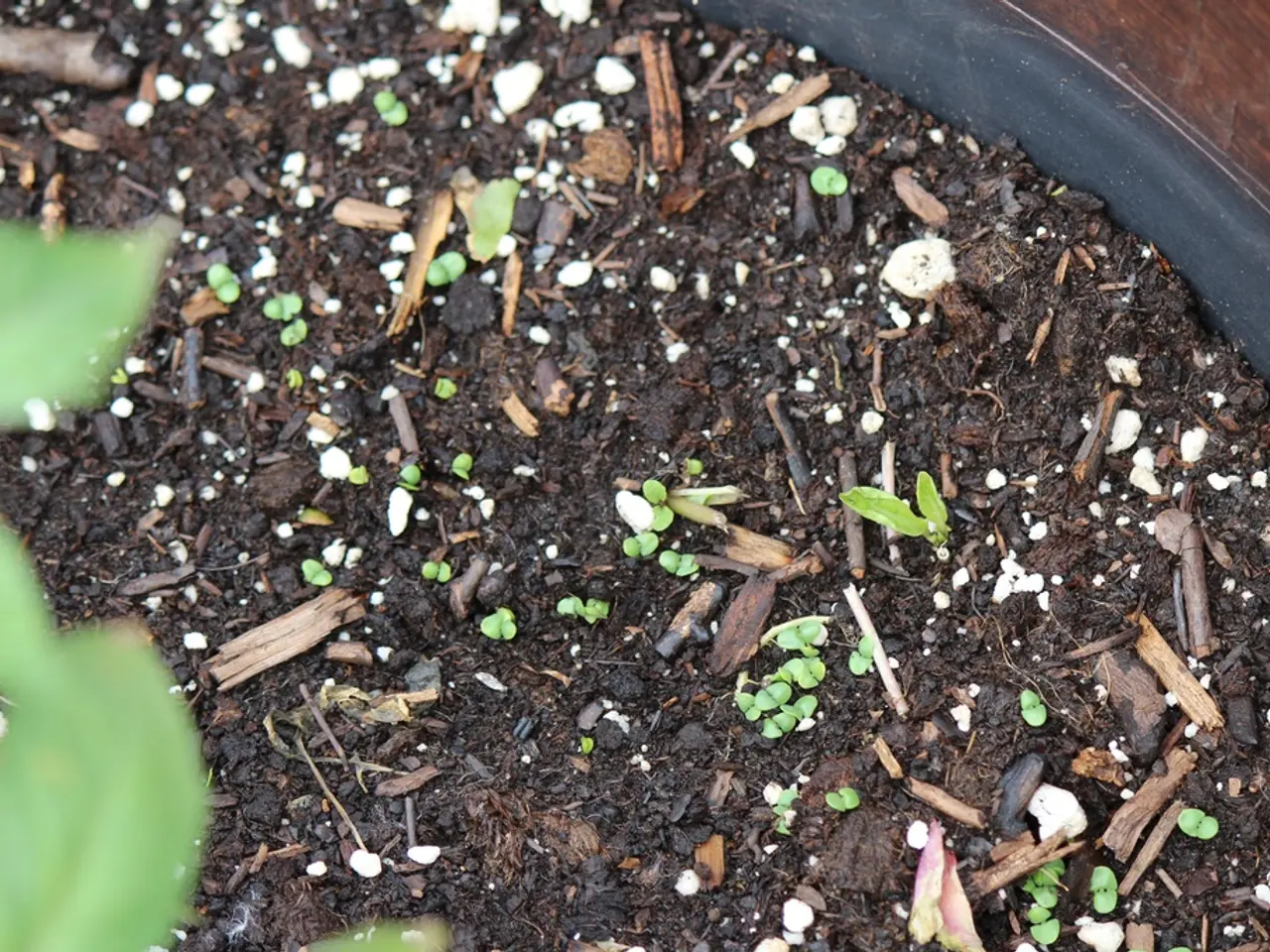Duration of Fairlife Milk After Opening: A Comprehensive Overview
Caring for Your Fairlife Milk: A Guide to Maximizing Freshness
Fairlife milk, a popular choice for those seeking a nutrient-dense alternative to regular milk, can be enjoyed for up to 7 to 10 days after opening, given proper storage and handling. Here's a comprehensive guide to help you make the most of your Fairlife milk.
Storage and Shelf Life
Fairlife milk, like regular milk, should be stored in the refrigerator at a temperature between 33°F and 40°F (0.5°C and 4.4°C). This temperature range helps slow down bacterial growth and extend the milk's shelf life.
Factors Influencing Longevity
Several factors can impact how long Fairlife milk remains fresh after opening:
- Storage Conditions: Maintaining a consistent refrigerator temperature is crucial. Avoid placing the milk near the door, where temperature fluctuations can occur.
- Handling and Storage Practices: Minimizing exposure to air, light, and temperature fluctuations can help slow down bacterial growth. Always seal the container tightly after each use.
- Initial Quality: The quality of the milk at the time of opening can affect its longevity. If the milk is already close to its expiration date or has been improperly stored before opening, it may spoil more quickly.
- Sealing: Properly sealing the container after opening can help prevent contamination and extend freshness.
Recognizing Spoilage
If Fairlife milk shows signs of spoilage, it's best to discard it. Signs of spoiled milk include a sour or off-putting odor, changes in texture and appearance, and a sour or acidic taste.
Freezing Fairlife Milk
While freezing Fairlife milk is possible, it can affect the texture and consistency. If you choose to freeze it, do so in smaller portions to minimize waste. Thaw the milk in the refrigerator for several hours or overnight before use. After thawing, frozen Fairlife milk is best used for cooking or baking, where the change in texture is less noticeable.
Freshness Guidelines
After opening, the guidelines for freshness overrule the "best by" date; always check for signs of spoilage before consuming. Consuming spoiled Fairlife milk can lead to stomach cramps, nausea, vomiting, and diarrhea, although it's rarely life-threatening. The severity of symptoms can vary depending on the amount of spoiled milk consumed and the individual's immune system.
Unique Features of Fairlife Milk
Fairlife milk undergoes ultra-pasteurization, a technique that involves heating to a higher temperature for a shorter period, preserving flavor and nutritional value while extending shelf life. This milk is also distinguished by a unique filtration process that concentrates protein and calcium, removes lactose, and reduces sugar content.
The packaging of Fairlife milk is designed to protect it from light and air, with an airtight seal to prevent contamination and maintain freshness. By following these guidelines, you can ensure that your Fairlife milk stays fresh and delicious for as long as possible.
To enhance your Fairlife milk's health benefits, consider integrating it into various aspects of your lifestyle, such as food-and-drink choices, health-and-wellness routines, and even cooking. For instance, you could use Fairlife milk in smoothies for a nutrient-dense start to your day, or incorporate it into baking recipes for a protein-packed treat. Additionally, adopting careful storage practices can maximize Fairlife milk's freshness and longevity: store it in your refrigerator, maintain consistent temperatures, minimize exposure to air, light, and temperature fluctuations, and always seal the container tightly after each use.




